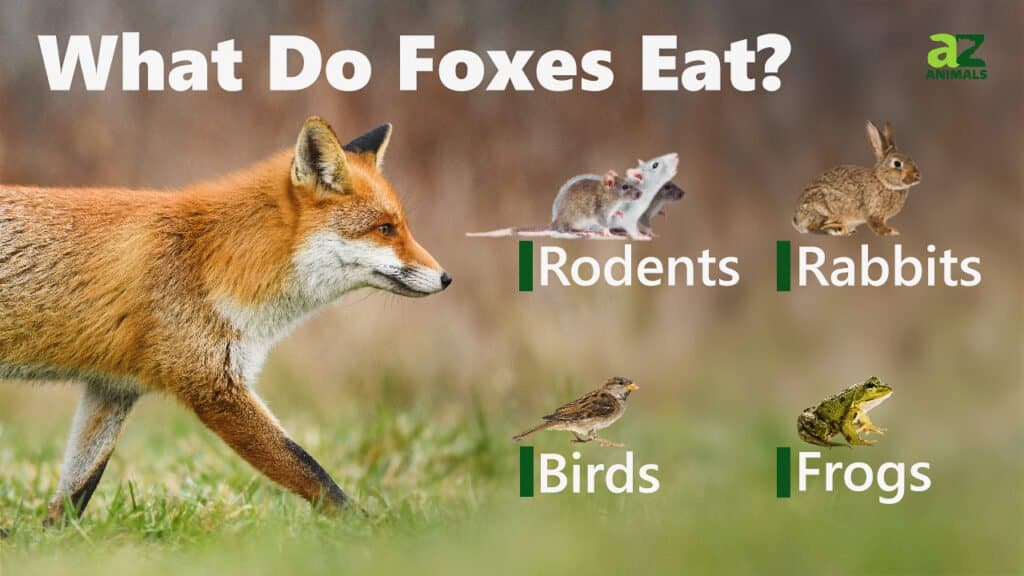Foxes are fascinating creatures, known for their cunning nature and adaptability to various environments. Their diet is just as diverse as their habitats, making them one of the most interesting omnivores in the animal kingdom. While many might envision a fox feasting on small rodents or birds, their eating habits encompass a wide range of food sources, influenced by seasonal availability and geographical location. Understanding the foxes diet not only sheds light on their survival strategies but also showcases their role in the ecosystem.
In the wild, foxes are opportunistic eaters, meaning they take advantage of whatever food sources are readily available. This adaptability allows them to thrive in diverse environments, from urban areas to rural landscapes. The foxes diet can include small mammals, fruits, insects, and even carrion, which highlights their versatility and resourcefulness. Moreover, this dietary flexibility is essential for their survival, particularly in regions where food sources fluctuate seasonally.
As we delve deeper into the world of foxes, it becomes evident that their diet is not only varied but also crucial for understanding their behavior and ecological impact. By examining what foxes eat, we can gain insights into their hunting techniques, social structures, and even their interactions with human populations. This article will explore different aspects of the foxes diet, answering common questions and providing detailed information about their eating habits.
What Do Foxes Typically Eat?
Foxes are classified as omnivores, which means they consume both plant and animal matter. Their diet can vary significantly based on their habitat and the availability of food sources. Here are some common components of a fox's diet:
- Small Mammals: This includes rodents such as mice, voles, and rabbits, which are often a primary food source.
- Birds: Foxes are known to hunt birds, especially ground-nesting species.
- Insects: During the warmer months, foxes will eat various insects, including beetles and grasshoppers.
- Fruits and Berries: In the fall, foxes often consume fruits, berries, and even nuts, providing them with essential vitamins.
- Reptiles and Amphibians: Foxes may also eat lizards, frogs, and other small reptiles.
How Do Foxes Hunt for Food?
The hunting techniques employed by foxes are as varied as their diet. Foxes are known for their exceptional hearing and keen sense of smell, which play significant roles in their hunting strategies. Here are some methods foxes use to find food:
Do Foxes Use Their Senses to Locate Prey?
Yes, foxes rely heavily on their senses to locate prey. Their acute hearing allows them to detect movements beneath the snow or foliage, while their excellent sense of smell helps them track down food sources. When hunting, foxes often employ a technique called "pouncing," where they leap into the air to capture prey hidden under vegetation or snow.
Are Foxes Solitary or Social Hunters?
Foxes are generally solitary hunters, although they may form small family groups. In urban areas, they can be seen foraging together, especially when food is abundant. However, when hunting, they often rely on their stealth and agility to stalk and catch prey without assistance from other foxes.
How Does the Foxes Diet Change with Seasons?
The foxes diet is subject to seasonal changes, which can greatly affect their food sources. In spring and summer, foxes have access to a wide variety of small mammals and insects. However, as autumn approaches, they shift their focus to fruits, berries, and other plant matter to prepare for the winter months.
What Do Foxes Eat in Winter?
During winter, food becomes scarcer for foxes. They rely heavily on their hunting skills to catch small mammals and birds. Additionally, they may scavenge for carrion, which can be a vital food source during harsh conditions. Foxes are known to cache food, burying it to consume later when resources are limited.
How Do Urban Environments Affect Foxes Diet?
In urban areas, the foxes diet can change dramatically due to human activities. Foxes are becoming increasingly common in cities, where they adapt to new food sources such as:
- Garbage: Foxes often scavenge through trash cans for leftover food.
- Pet Food: They may raid yards for pet food left outside.
- Garden Produce: Fruits and vegetables from gardens can also attract foxes.
Are Urban Foxes Healthier than Rural Foxes?
There is ongoing debate about the health of urban versus rural foxes. While urban foxes may have access to more food sources, their diet can be less nutritious, leading to potential health issues. In contrast, rural foxes may face more competition for limited food sources but often consume a more natural and balanced diet.
What Role Do Foxes Play in the Ecosystem?
The foxes diet has significant implications for the ecosystems they inhabit. As both predators and scavengers, foxes help control populations of small mammals and insects, contributing to ecological balance. Their role in seed dispersal through the consumption of fruits also supports plant growth in their habitats.
Can Foxes Adapt to Changes in Their Diet?
Foxes are highly adaptable animals, capable of altering their diet based on environmental changes and food availability. This adaptability is crucial for their survival, especially in regions where habitat loss and climate change impact food sources.
Conclusion: Understanding the Foxes Diet
In conclusion, the foxes diet is a reflection of their adaptability and ecological role. From small mammals to fruits and garbage in urban settings, foxes demonstrate a remarkable ability to thrive in various environments. By understanding what foxes eat and how their diets change with seasons and surroundings, we can appreciate the complexity of their behavior and their importance in maintaining ecological balance.
Unveiling The Allure Of Glam Songs: A Journey Through Sound And Style
Discover Affordable Home Depot Leaf Blowers Nearby Under $50
Discover The Ultimate Convenience With Frigidaire Ice Maker
:strip_icc()/pet-fox-diet-1238708_FINAL-e211c63562ab47269b8cd9f3a950d49f.jpg)

